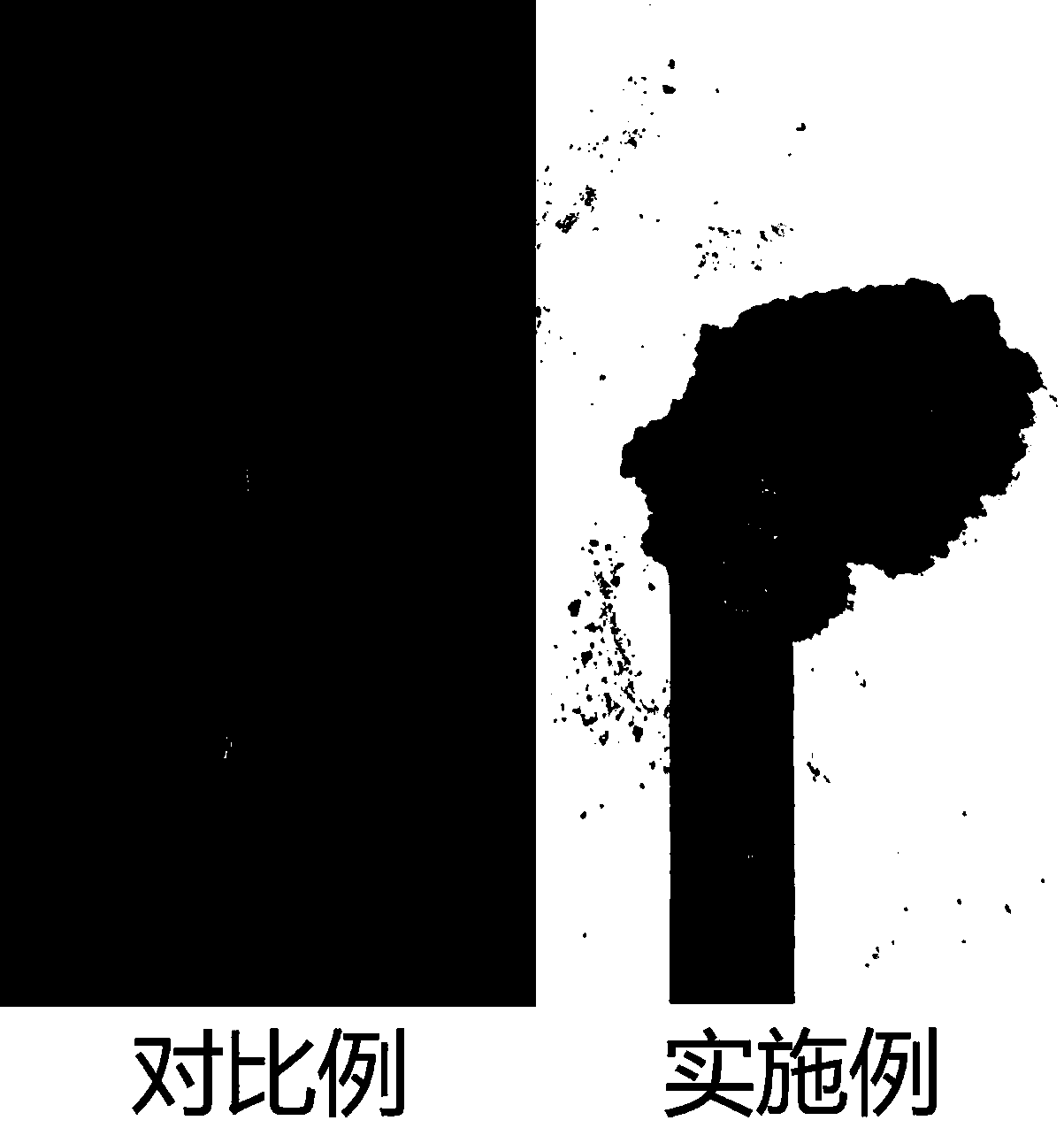Benzene imide structure based high-temperature self-crosslinking copolyester with effects of flame retardancy, smoke suppression and melt drop resistance and preparation method of copolyester
A benzimide and benzimide-containing technology, which is applied in the field of copolyester and its preparation, can solve the problems of thermal stability damage of polyester, achieve good thermal stability, excellent flame retardancy, and inhibit small organic molecules Volatile effect
- Summary
- Abstract
- Description
- Claims
- Application Information
AI Technical Summary
Problems solved by technology
Method used
Image
Examples
Embodiment 1
[0048] 582g (3mol) of dimethyl terephthalate, 310g (5mol) of ethylene glycol, 53g (0.15mol) of N-(2-methylphenyl)-4,5-dimethoxybenzimide, Add 1.0g of zinc acetate and 0.8g of antimony trioxide into the reaction kettle, fill with nitrogen to remove the air in the kettle; carry out the reaction at 180°C for 2 hours under normal pressure, heat up to 200°C for 2h, then raise the temperature to 220°C for 1h, the ester The exchange reaction is completed; then the polycondensation reaction is carried out at 220-240° C. for 0.5-1.5 hours in low vacuum, and then the polycondensation reaction is carried out at 230-250° C. for 1-3 hours under high vacuum (pressure < 60 Pa), and the material is discharged and water-cooled.
[0049] The intrinsic viscosity [η] of the copolyester is 1.12dL / g; the oxygen index is 24.2%, the vertical combustion level is V-2, and the peak heat release rate p-HRR in the cone calorimetry test is 658kW / m 2 , the total smoke emission is 1713m 2 / m 2 .
Embodiment 2
[0051] 582g (3mol) of dimethyl terephthalate, 310g (5mol) of ethylene glycol, 106g (0.3mol) of N-(2-methylphenyl)-4,5-dimethoxybenzimide, 1.0 g of zinc acetate and 0.8 g of antimony trioxide were added to the reaction kettle, and after transesterification and polycondensation were carried out according to the steps and conditions given in Example 1, the materials were discharged.
[0052] The intrinsic viscosity [η] of the copolyester is 1.01dL / g; the oxygen index is 26.3%, the vertical combustion level is V-2, and the peak heat release rate p-HRR in the cone calorimetry test is 531kW / m 2 , the total smoke emission is 1584m 2 / m 2 .
Embodiment 3
[0054] 582g (3mol) of dimethyl terephthalate, 310g (5mol) of ethylene glycol, 159g (0.45mol) of N-(2-methylphenyl)-4,5-dimethylcarboxylate benzimide, 1.0 g of zinc acetate and 0.8 g of antimony trioxide were added to the reaction kettle, and after transesterification and polycondensation were carried out according to the steps and conditions given in Example 1, the materials were discharged.
[0055] The intrinsic viscosity [η] of the copolyester is 1.05dL / g; the oxygen index is 28.0%, the vertical combustion level is V-1, and the peak heat release rate p-HRR in the cone calorimetry test is 462kW / m 2 , the total smoke emission is 1426m 2 / m 2 .
PUM
| Property | Measurement | Unit |
|---|---|---|
| peak heat release rate | aaaaa | aaaaa |
| peak heat release rate | aaaaa | aaaaa |
| peak heat release rate | aaaaa | aaaaa |
Abstract
Description
Claims
Application Information
 Login to View More
Login to View More - R&D
- Intellectual Property
- Life Sciences
- Materials
- Tech Scout
- Unparalleled Data Quality
- Higher Quality Content
- 60% Fewer Hallucinations
Browse by: Latest US Patents, China's latest patents, Technical Efficacy Thesaurus, Application Domain, Technology Topic, Popular Technical Reports.
© 2025 PatSnap. All rights reserved.Legal|Privacy policy|Modern Slavery Act Transparency Statement|Sitemap|About US| Contact US: help@patsnap.com



